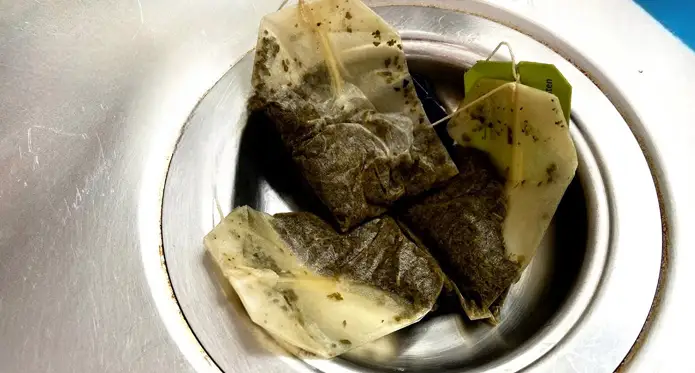Last Updated on March 8, 2023
When you make tea and forget about the leaves, you might consider just flushing them down the drain; after all, what harm could they do? But tea leaves can cause significant complications for your drain. Hot water mixed with tea leaves creates a sticky substance known as tannin.
This substance can adhere to the sides of your pipes and catch other objects, narrowing the drain and eventually creating clogs. Also, tannin is a food source for bacteria, leading to unsightly and smelly algae growth in your pipes.
The tea leaves should be cleaned as quickly as possible to minimize inconvenience. But how to clear tea leaves from the drain? While there are many ways to clear your drain, vinegar is the most effective method for removing tea leaves. Read on to find out how to clear tea leaves from drains.
How to Clear Tea Leaves in Drain: Just in Few Steps
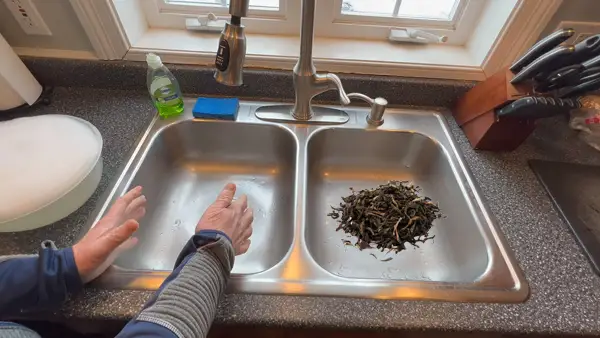
If you frequently drink tea, you may notice that your drain becomes clogged with tea leaves. While they may seem innocuous, those tea leaves can build up and cause a major blockage over time. Fortunately, you can take the following simple steps to clear your drain and keep it running smoothly:
Step 01. Pour a Pot of Boiling Water Down the Drain
Tea leaves can be surprisingly adept at clogging drains, but boiling water can help to dissolve them and clear the blockage. Boil a pot of water and carefully pour it down the drain, being careful not to splash yourself.
The boiling water will help to break up the tea leaves and clear the drain. You may need to repeat this process several times to loosen the buildup. And if you have any stubborn tea leaves that just won’t budge, vinegar might help.
Step 02. Add Vinegar Solution to the Drain
If boiling water alone doesn’t do the trick, you can try using a vinegar solution to help dissolve the tea leaves and unclog the drain. Combine equal parts vinegar and water in a bowl or measuring cup, then pour it down the drain. Let the mixture sit for about 30 minutes, then flush the drain with hot water.
The vinegar will help break up the tea leaves buildup and clear the drain. Try to use natural vinegar like apple cider vinegar instead of white vinegar.
Step 03. Use a Plumbing Snake or Auger
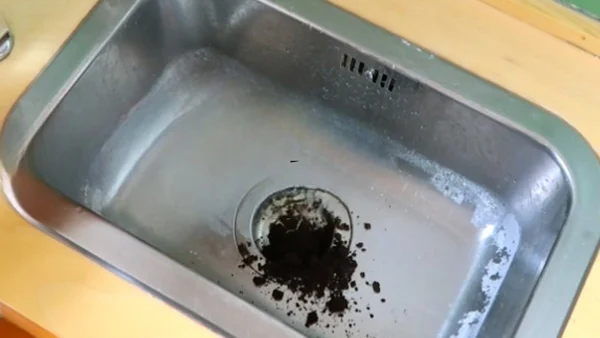
The stubborn tea leaves may need to be removed from the drain using a plumbing snake or auger. A small plumbing snake is a versatile tool that can clear various stubborn debris from drains, including tea leaves.
To use a small plumbing snake to remove tea leaves from the drain, start by feeding the snake head into the drain until you feel resistance. Now twist the crank around to break up the blockage and remove the tea leaves.
If you don’t have a plumbing snake, you can also try using an auger. An auger is a long, coiled wire that can be fed into the drain to clear away debris. With a little patience and effort, a small plumbing snake or auger can be an effective way to clear stubborn tea leaves from the drain.
Step 04. Flush With Hot Boiling Water to Remove All Traces
Once you’ve used a plumbing snake or auger to remove the tea leaves, you must flush the drain with hot boiling water repeatedly to remove any traces of debris.
The hot water will help rinse any remaining tea leaves and debris, leaving your drain clear and free-flowing. Just be sure to use caution when handling boiling water. It can cause severe burns if you splash it on yourself.
Following these simple steps, you can quickly clear tea leaves from your drain and keep them flowing freely.
Can You Throw Loose Tea Leaves Down the Drain?
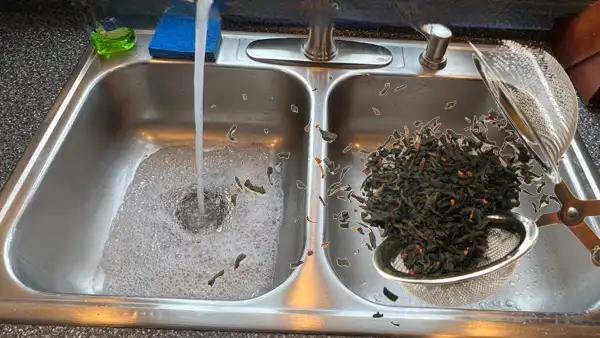
No, you cannot dispose of loose tea leaves in the sewer drain. The tea leaves will expand when they come in contact with water and quickly clog your drain. Even if your drain has a strainer, the small tea leaves will slip through the gaps and cause a clog.
If you accidentally drop some tea leaves down the drain, don’t panic. You can do a few things to remove the tea leaves and prevent them from causing a clog.
What are the Consequences of Throwing Tea Leaves in Drains?
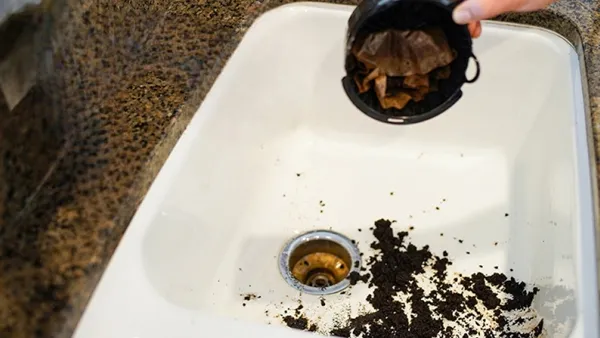
Throwing tea leaves in the drain may seem innocuous, but it can have severe consequences for your plumbing and the environment. Regardless of how you take your tea, one thing is for sure: you shouldn’t be throwing the leaves down the drain.
There are several adverse effects of throwing tea leaves down drains, such as:
Tea Leaves Can Clog Your Drain
Did you know that your used tea leaves can clog your drain? Yes, it’s true. While the leaves from your tea will quickly go down the drain, the leaves can get caught in your pipes and cause a blockage. This can lead to standing water in your sink or overflowing. Also, a blocked drain can attract mold, harming your health.
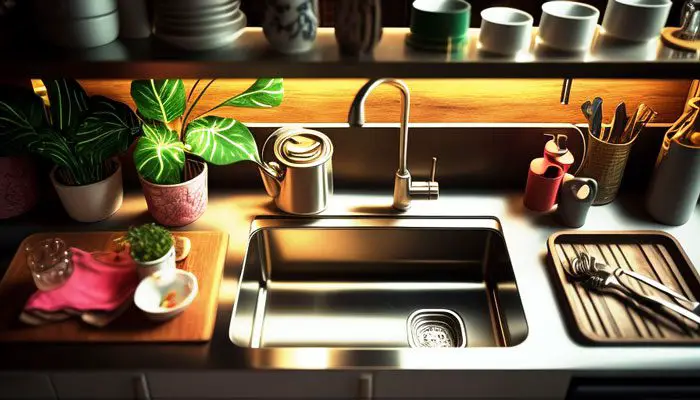
Tea Leaves Can Lead to Bad Smells
Leaving tea leaves in water too long can cause their natural enzymes to break down. If you throw old tea leaves through the drain, this enzyme will mix with the water and create a foul smell.
Sometimes, these flavors can be so strong that they can quickly fill up your kitchen or bathroom, making it unbearable to be in those rooms.
Tea Leaves Can Attract Pests
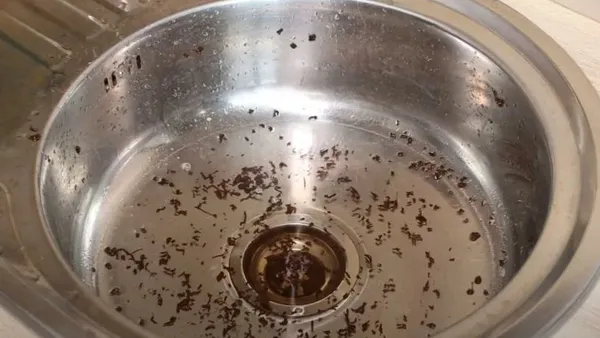
Another consequence of dumping tea leaves in drains is attracting pests. While a few pests may not cause much damage, infestations can quickly spiral out of control, leading to devastating consequences.
The sweet smell of used tea leaves can attract fruit flies, ants, and other pests. If these pests can get into your home, they will quickly multiply and become a nuisance.
In addition to being annoying, these pests can also spread diseases. In some cases, these contaminants can cause serious illness or even death.
Tea Leaves Can Cause Blockages in Municipal Sewers
Municipal sewers can be blocked by tea leaves when they are in the drain. These leaves release tannins into the water, which bind with calcium and other minerals to form a hard deposit. The deposit can build up on the sides of pipes and gradually narrow the opening until it completely blocks the pipe.
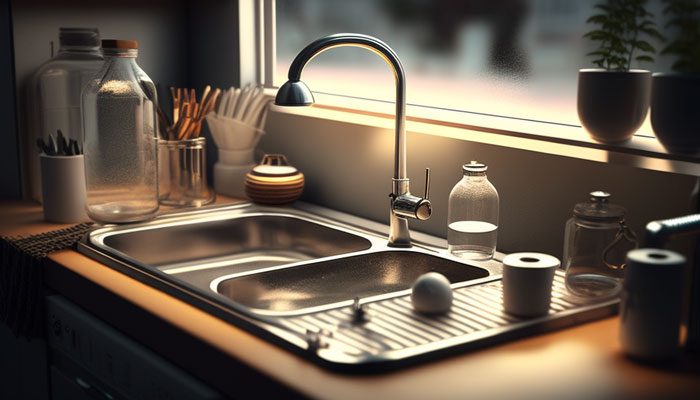
Also, the tannins in tea leaves can encourage the growth of bacteria, which can further contribute to clogs and blockages. To prevent tea leaves from causing sewer blockages, you must dispose of them in the garbage instead of down the drain.
Tea Leaves Can Negatively Affect the Growing Beneficial Bacteria
Tea leaves can affect the growth of beneficial bacteria in drains negatively. They can create an oxygen-deprived environment that can lead to harmful bacteria growth. Also, the tannins from tea leaves can inhibit the development of these bacteria.
Can Tea Leaves Create Black Sludge in Drain Pipes?
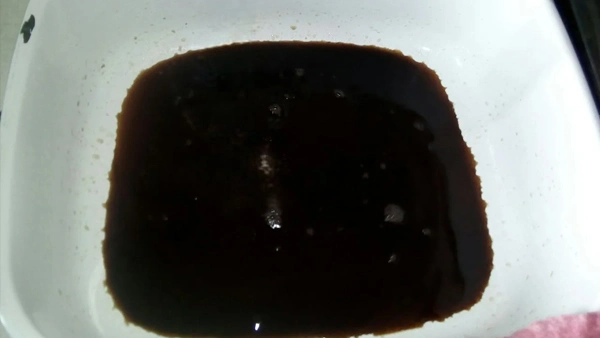
According to experts, the answer is yes. Tea leaves can cause black residue in drain pipes. This is because tea leaves are composed of tannins, organic compounds that can create a black residue when interacting with iron in the water.
Over time, this residue can gradually build up on the pipe walls, eventually causing a blockage. Also, tannins can react with chlorine, which is often used to treat water. When chlorine reacts with tannins, it creates a poisonous gas called chloroform. This gas can be harmful if inhaled, and it can also corrode metal pipes.
While there are several ways to avoid black sludge caused by tea leaves, including filters and strainers, the best way to avoid this problem is to avoid throwing tea leaves down the drain after making tea.
Will Tea Leaves Dissolve in Hot Water in Drain?
It’s a common misconception that tea leaves dissolve in the drain in hot water. While it’s true that hot water can help to break down some of the organic matter in tea leaves, it’s not enough to dissolve them completely. Thus, tea leaves can quickly build up in your drains, causing blockages and bad odors.
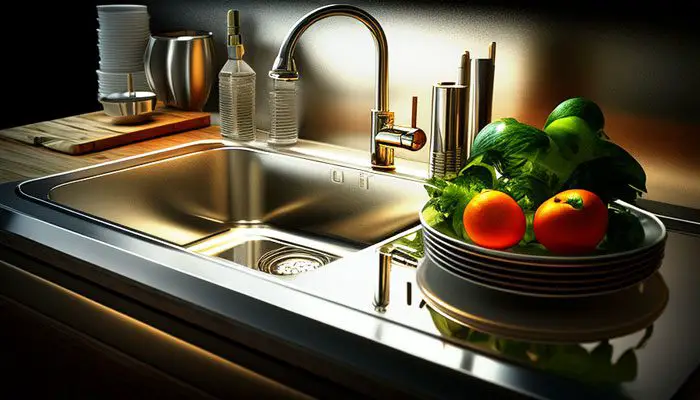
If you’re dealing with a clogged drain, the best course of action is to remove the tea leaves manually. This can be done by disassembling the drain cover and using a plunger or plumber’s snake to remove the debris. In most cases, this will be enough to restore your drain to full working order.
What Chemicals Can Dissolve Tea Leaves in a Drain?
There are a few household chemicals that can help to break down and dissolve tea leaves. Muriatic acid (HCl) is one of the most effective options. Often used for cleaning bricks or concrete, this acid is a strong acid that can quickly break down tannins. But, it is also very corrosive, so caution is a must when handling it.
Bleach (NaClO) is another option. Bleach contains chlorine, which can react with tea leaves to form dichloroacetic acid. These acids are much less likely to bind with other molecules, making them less likely to clog your drain.
Another option is to use vinegar or lemon juice. The acidity of these liquids helps to loosen the leaves and break down any build-up that may be causing a blockage.
If you are dealing with a particularly stubborn clog, you may need to use a chemical drain cleaner. These products contain powerful chemicals that break down even the most stubborn build-up.
How Long Do Tea Leaves Take to Dissolve in Water in the Drain?

Dissolving tea leaves in drain water depends on several factors, including:
- Depending on the tea being brewed, black tea usually takes longer to dissolve than green or white tea.
- Dissolution time can also be affected by the temperature of the water. Hotter water will break down the leaves more quickly than cooler water.
- The length of time the leaves are left in the water. A longer infusion time will result in more dissolved leaves.
- A loose-leaf tea will take longer to break down than a tea bag.
With all of these factors to consider, tea leaves generally take up to 30 minutes to dissolve entirely in drain water. But if you leave them in for longer, it may take about an hour or more for the leaves to break down completely.
Can You Throw Tea Bags Down the Kitchen Sink Drain?
If you’re a tea drinker, you’ve probably wondered whether throwing tea bags down the drain is okay. After all, they’re made of biodegradable materials, so they should be safe for the environment, right?
Unfortunately, it’s not that simple. While tea bags may decompose quickly, they can still cause problems for your plumbing. The biggest issue is that tea bags often contain small pieces of metal, which can collect on the walls of your pipes and eventually lead to clogs.
Also, the strings attached to most tea bags can become wrapped around other debris in your pipes, causing even more blockages. For these reasons, it’s best to avoid throwing tea bags down the drain. Instead, dispose of them in the trash.
What Should You Do to Keep Your Drain Free of Tea Leaves?
If you don’t want your drain to become clogged, you should dispose of them properly. One option is to compost the leaves. This is a wise choice if you have a garden, as it can provide nutrients for your plants.
Another option is to put the used leaves in the trash. If you have a septic tank, it’s advisable to avoid putting them down the drain, as they can interfere with the natural processes in the tank. Do not flush your used tea leaves down the drain, regardless of what you do with them.
Relevant Reading:

